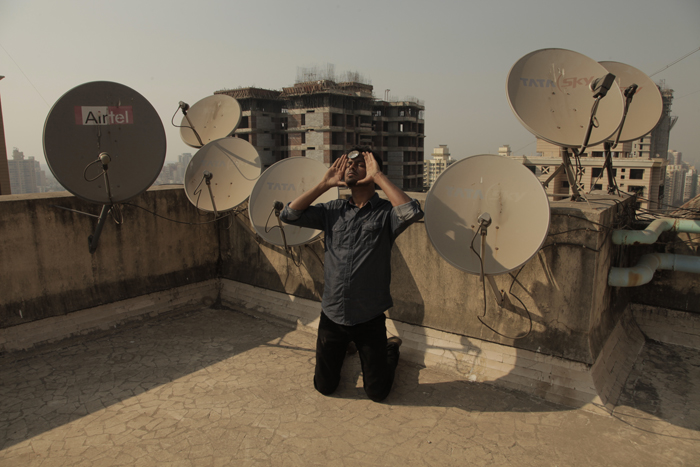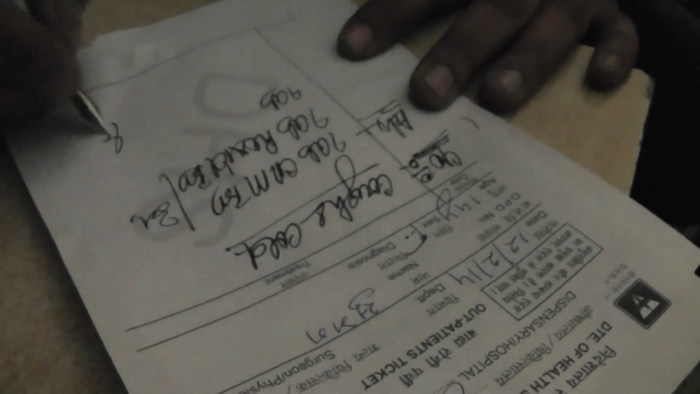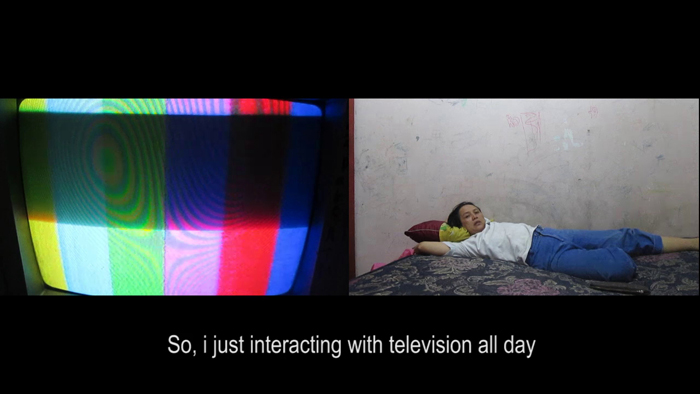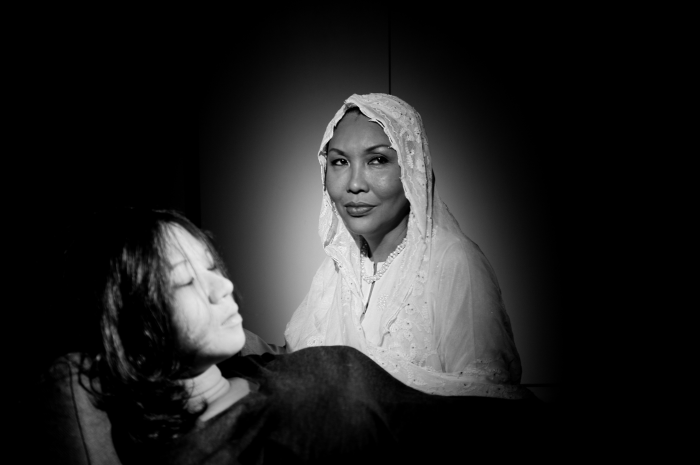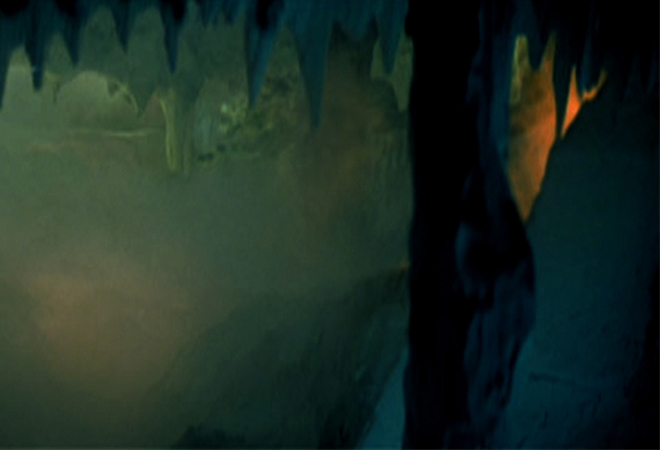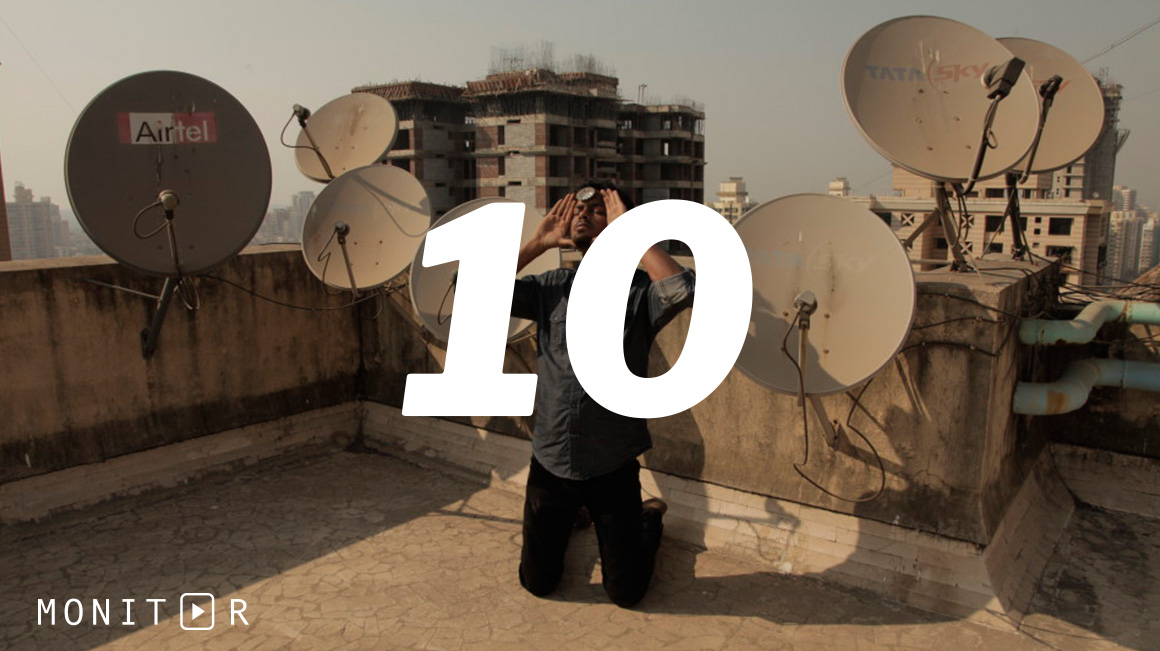We in a One Room Kitchen Field (W1RKF) 0.75 is a collaborative film project that hosts, produces, co-produces and relays conversations. Developed throughout the nine month Sarai Reader ‘09 exhibition, the project has emerged from the initiators’ engagement with the city through perspectives of history, development, trash, politics and mythology. The resulting version of the film involved shooting/conversing on a river bed of trash in Mankhurd, Mahim Fort, a rooftop of a 28 storey Andheri apartment block, the launch of the Aam Aadmi Party in New Delhi, and the site of Delhi’s announcement as capital on its 101st anniversary.
WALA is a Delhi-based collective formed in 2009 by Akansha Rastogi, Sujit Mallik and Paribartana Mohanty. Drawing from people known by their professions such as kabadiwala, ice-creamwala or paaniwala, the deliberately missing prefix of WALA allows inhabiting multiple forms of belonging, associations and affinities. WALA sees itself as producer of situations, encounters, devices, formats that allow dialogues to occur with, or without artists’ presence.
Kush Badhwar is a filmmaker interested in shifting definitions of traditional mass-media, collaborating with unorthodox actors and using artistic intervention for improvised and informal political engagement.
